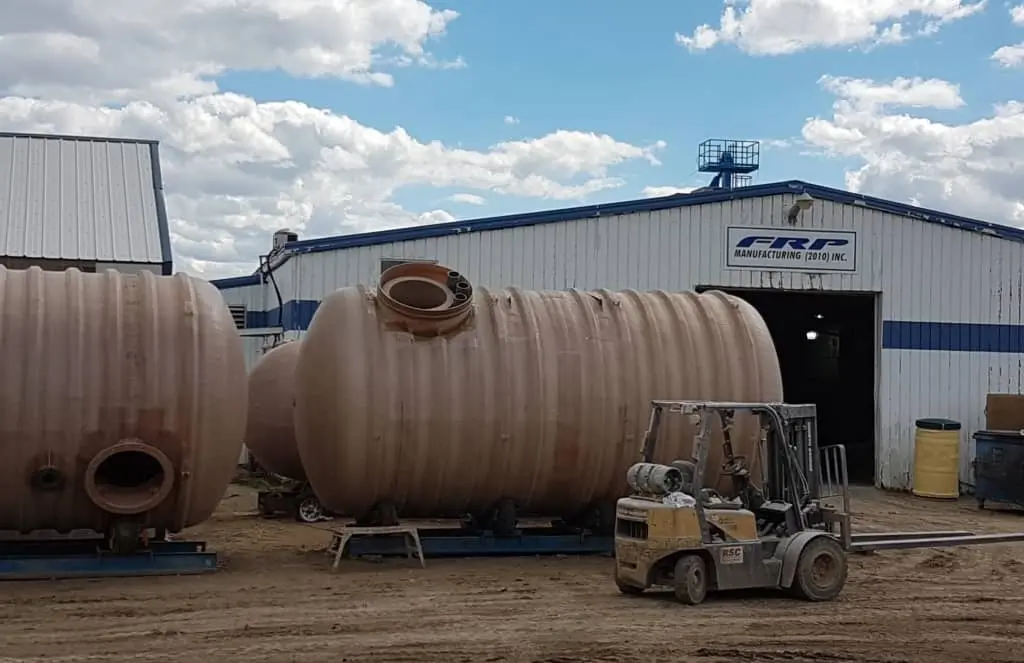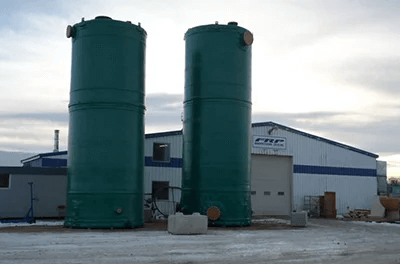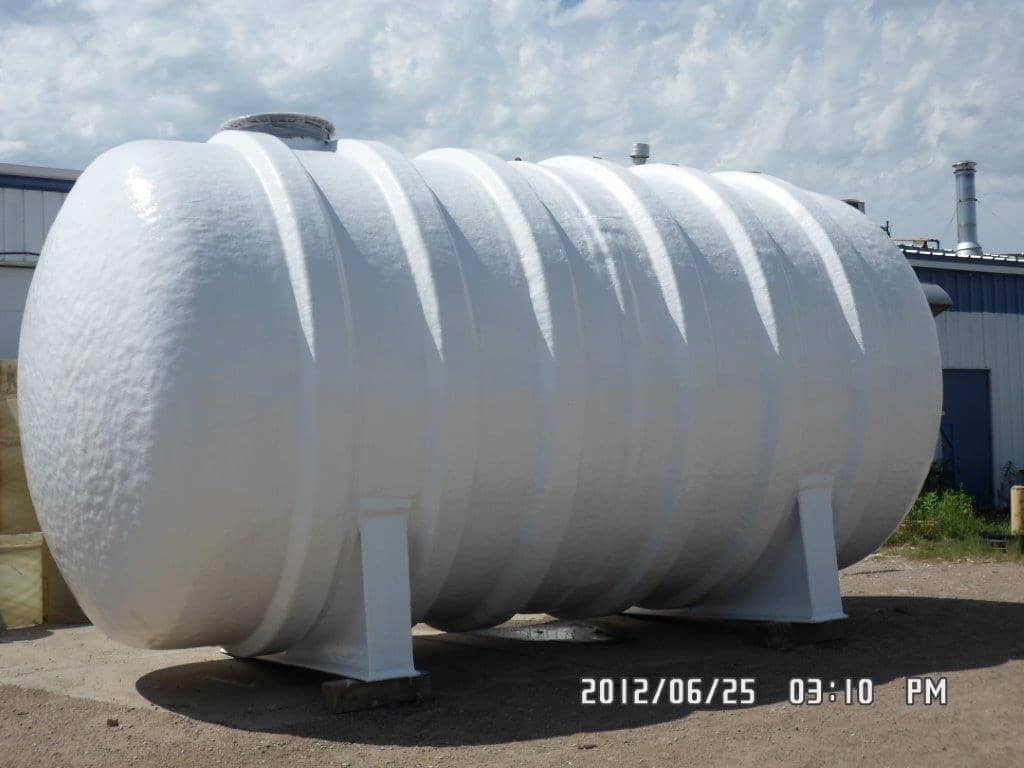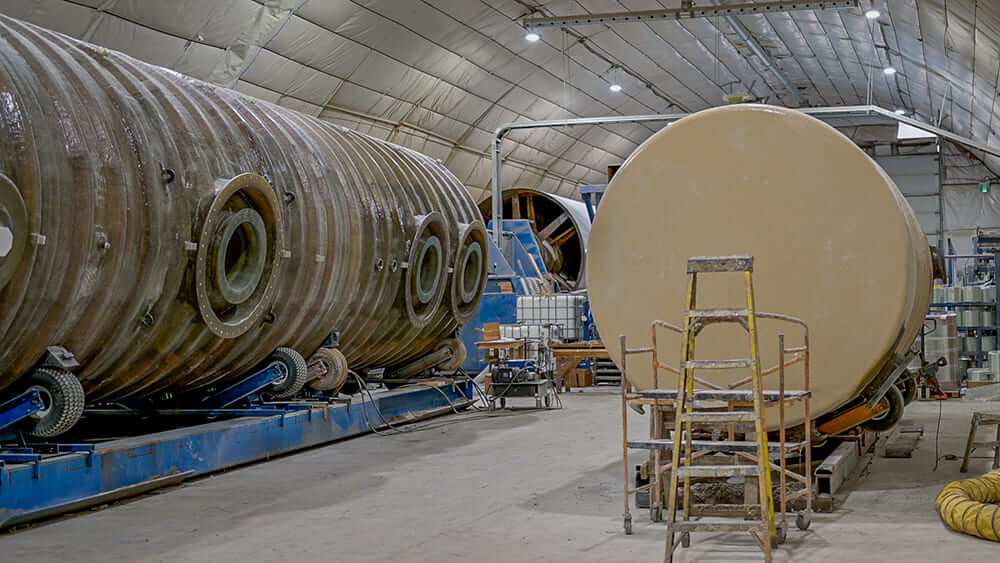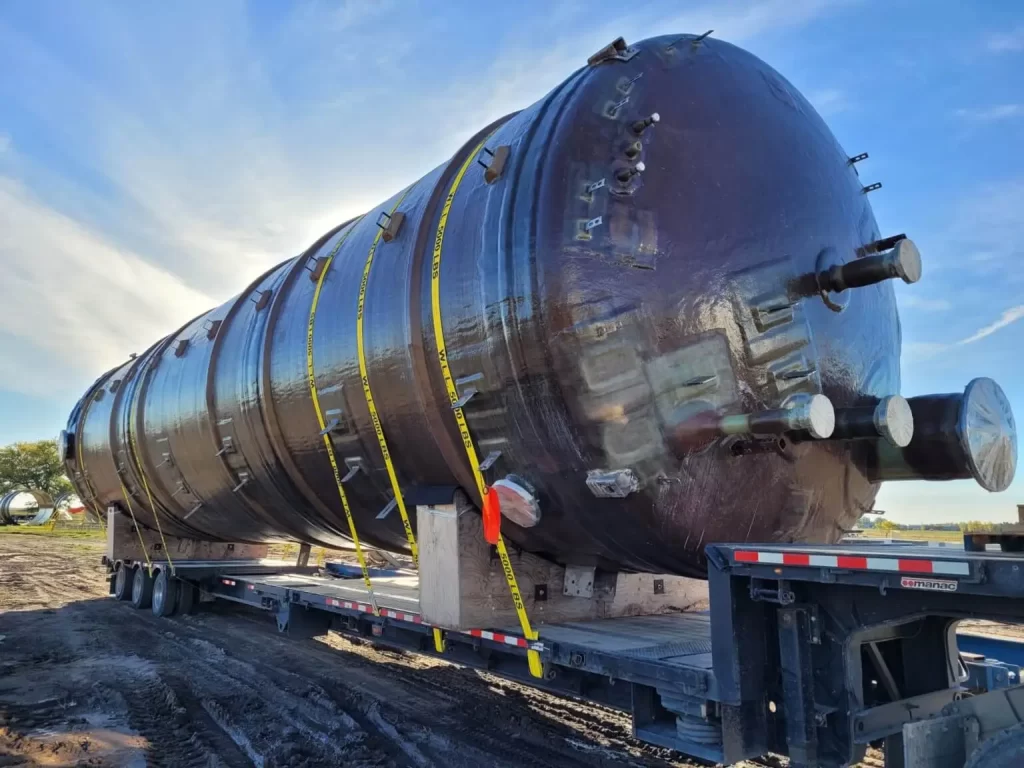The best part about investing in a fiberglass reinforced plastic tank, or an FRP tank, is that you can trust the durability and the performance are going to live up to your requirements. We’ve been serving Canada and the US for over ten years and we’re dedicated to consistently producing quality, long-lasting storage solutions for a wide range of industries, including oil and gas, chemical, agricultural and wastewater operations. Part of what gives our fiberglass reinforced plastic tanks a leading edge is the highly customizable options to meet the necessary requirements of your individual project. But how long does it take for these specially made tanks to be ready to use?
It’s important to us that we work with you to find the best solution to your individual needs and we aren’t afraid to take on a challenge. We use the highest quality fiberglass matrix and pure resins and we don’t add fillers or colourants. There’s a lot that goes into the construction of one of our tanks and most of the specifications boil down to what is being stored in the unit and whether it’s an above or below ground tank. This is where the customization comes in. Do you need the tank insulated? Does it require a sloped bottom? How about valves or pump access?
There are two different processes to construct a tank: the chopper gun and the filament winding method. A chopper gun threads a continuous strand of fiberglass, chopping it into 3 to 5-inch sections and mixes it with resin and a hardening component that is then applied to metal moulds that establish the walls, the top and bottom of the tank. The top and the bottom are constructed separately and then attached to the body of the tank and each piece is made of several layers, each layer requiring up to six passes of the chopper gun to fully form. How long it takes to harden depends entirely on the resin being used in construction, but it can range anywhere between 10 to 40 minutes before the next layer is able to be applied. Typically, FRP tank walls should be between ½ to ¾ inch thick and the bottom of the tank 1.125 inches. The tops and bottoms of the tanks take about an hour to construct and then they need to be attached to the walls of the tank. Once everything is in place, including any rivets or fasteners, the final layers are applied, including a gel coat to protect the tank from UV radiation if it’s intended for above ground use.
The filament winding method uses a mould that the fiberglass is applied to as it rotates, winding the seemingly unceasing mat of fiberglass around and around from a spool and the bottom of the tank is already attached. The seam is often layered by hand and resin is added to the bottom of each layer rather than being mixed throughout. Air bubbles are removed via the rollers that press into the mat of fiberglass and the layers required to construct the tank are dependent on the size of the tank. The chop hoop layer is then utilized, using individual strands constructed of about 60 separate threads, and wrapped again around the tank. A chopper gun is used to finish any final requirements and this process can sometimes take up to ten hours.
Overall, it can take a day or more to fully construct a tank and have it ready for the customer. When you receive your order is of course dependent on when you ordered it, but we would be happy to discuss with you what that timeline looks like.
At FRP Mocoat, we strive to deliver an excellent customer experience from inquiry to installation. We want to create your custom FRP tank design to exceed your standards and supply you with a storage option that will last for decades. If you have a project you need help bringing to life, get in touch with us and we’ll get started on your custom FRP storage solution!

